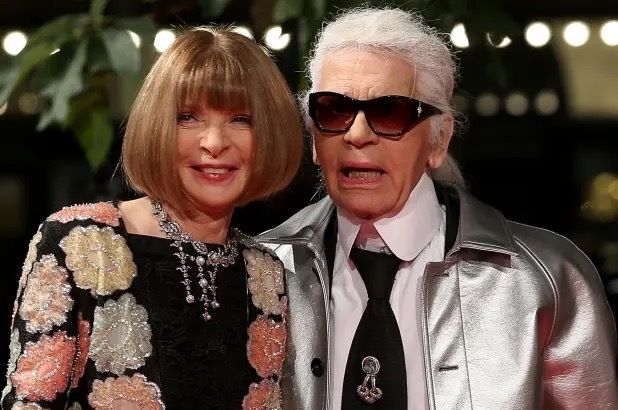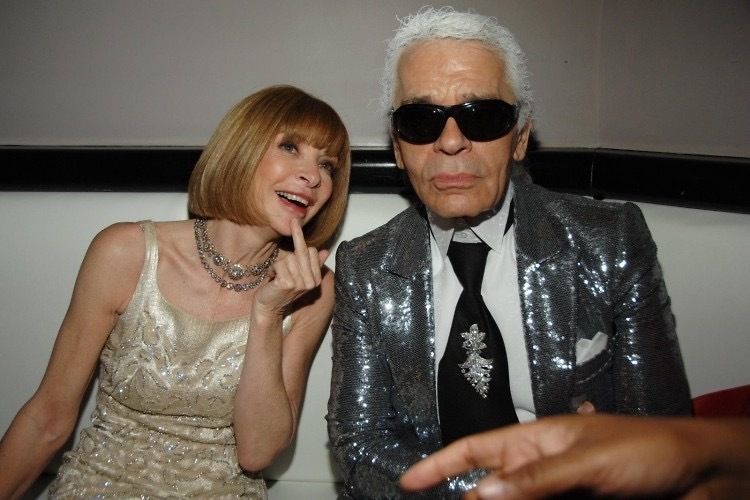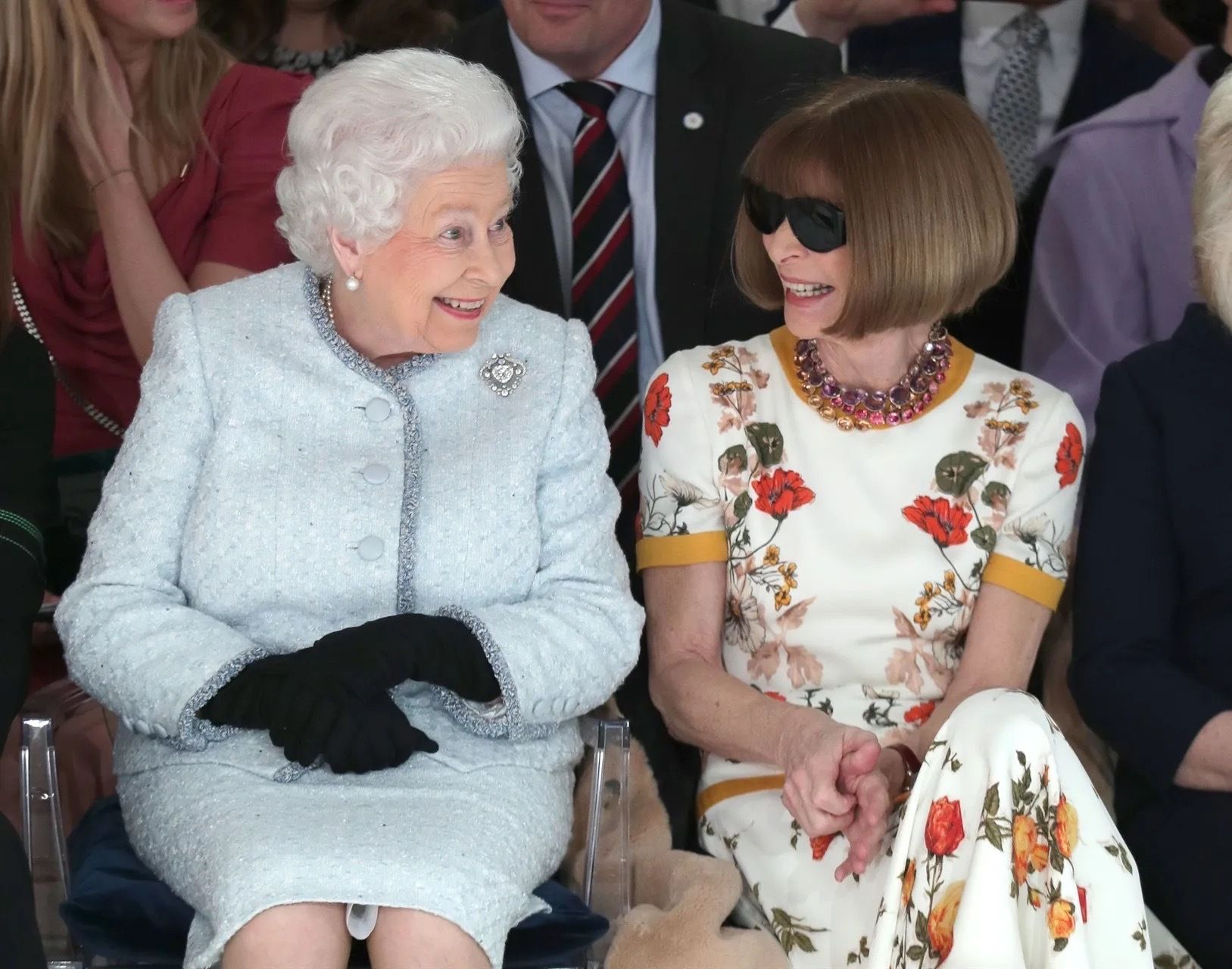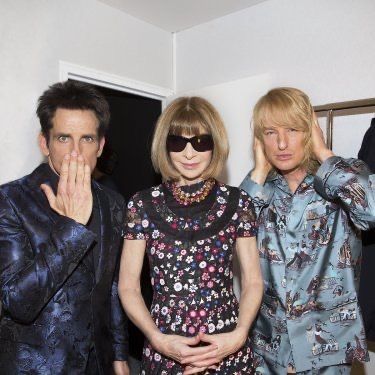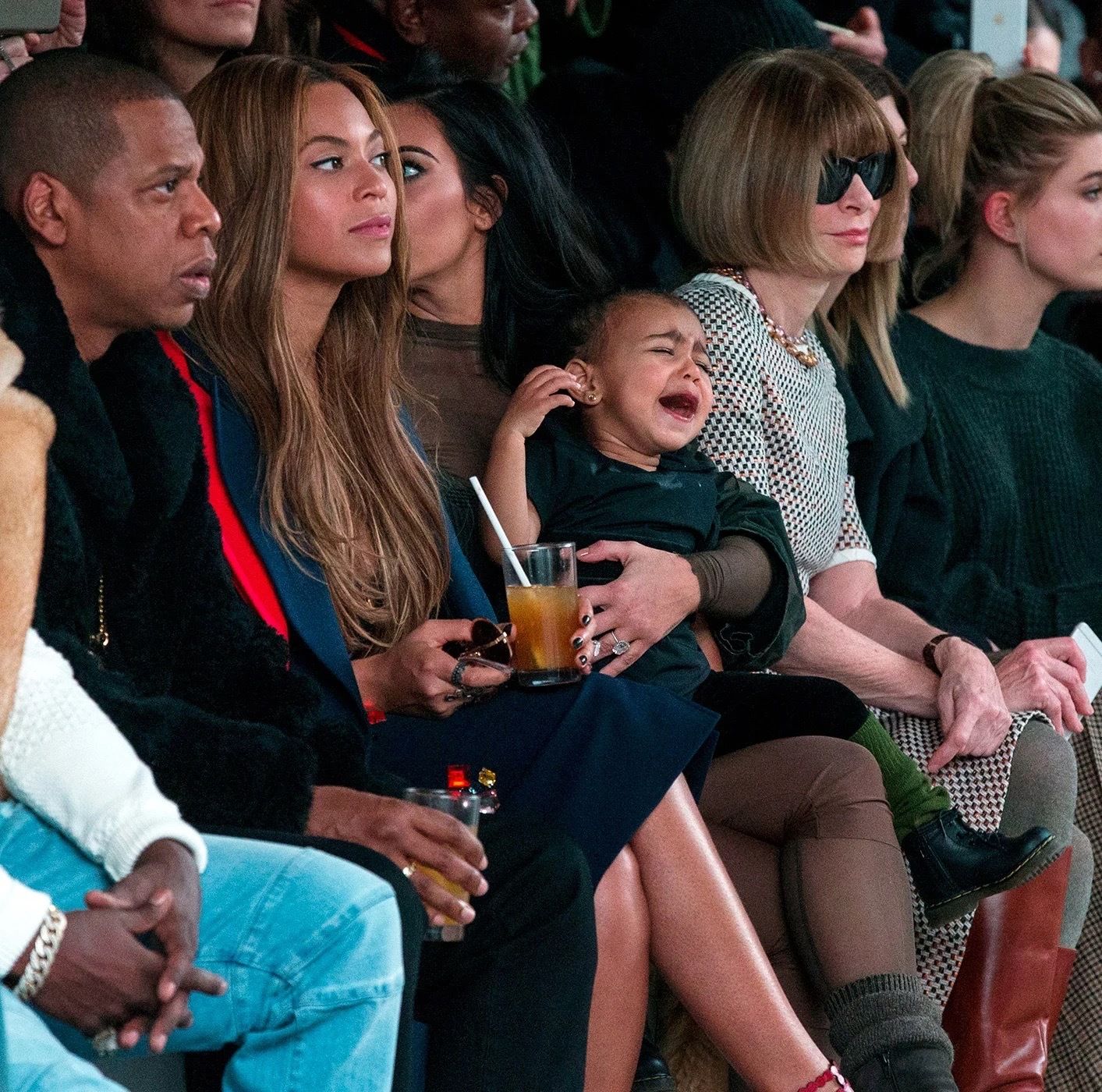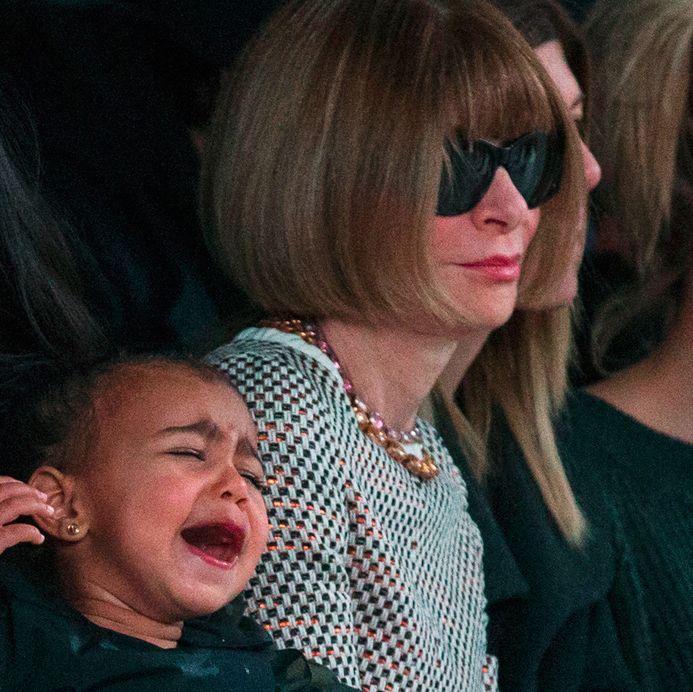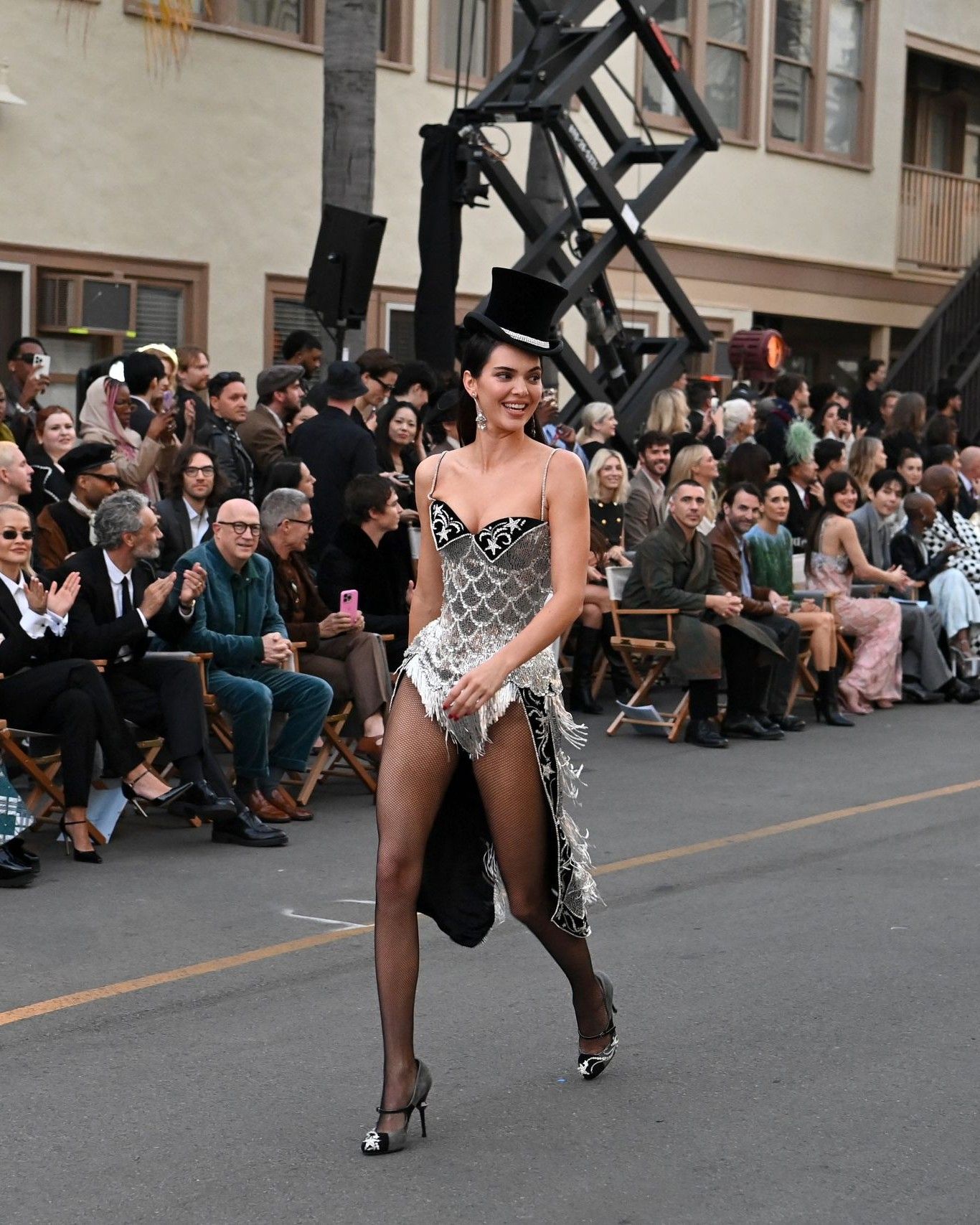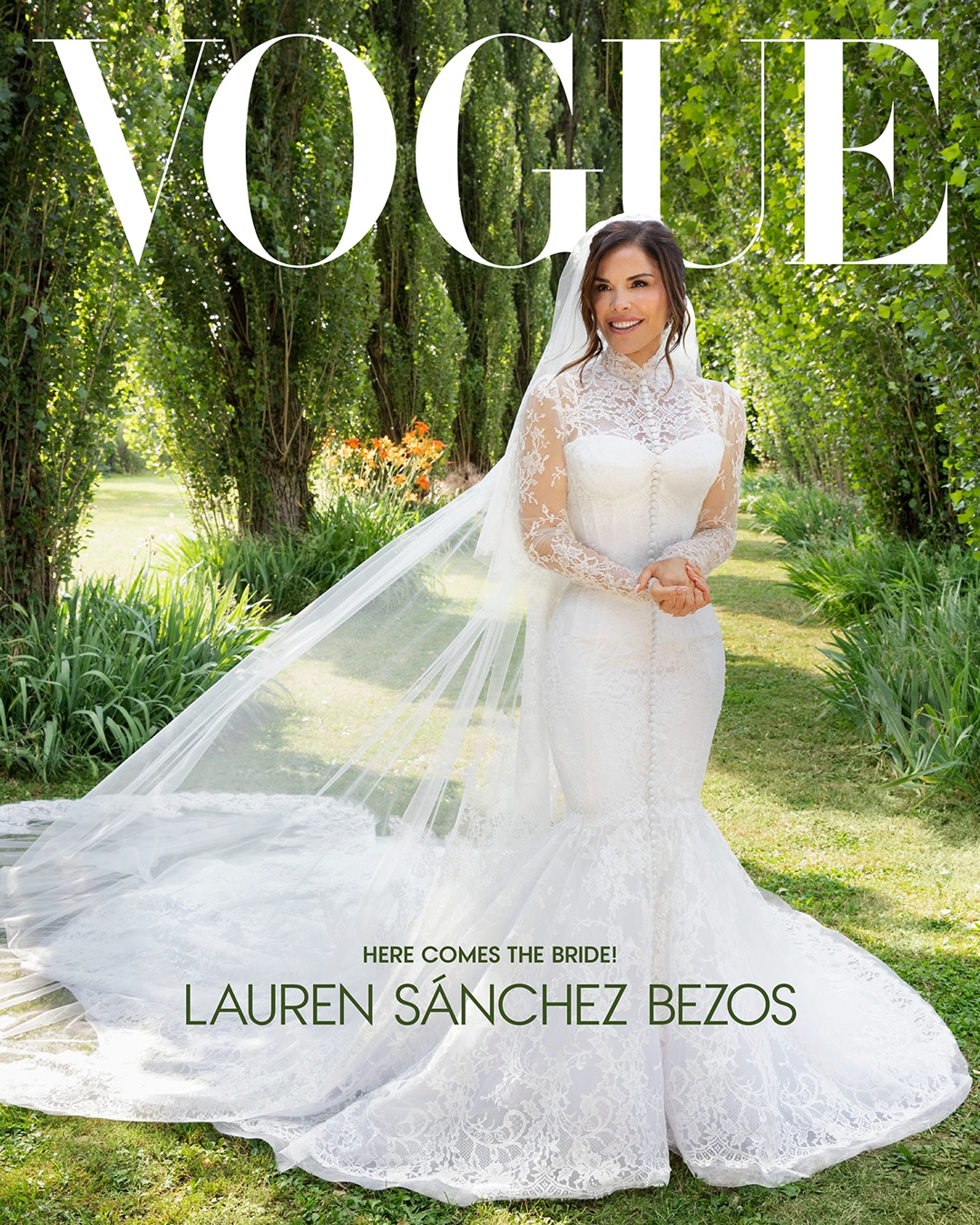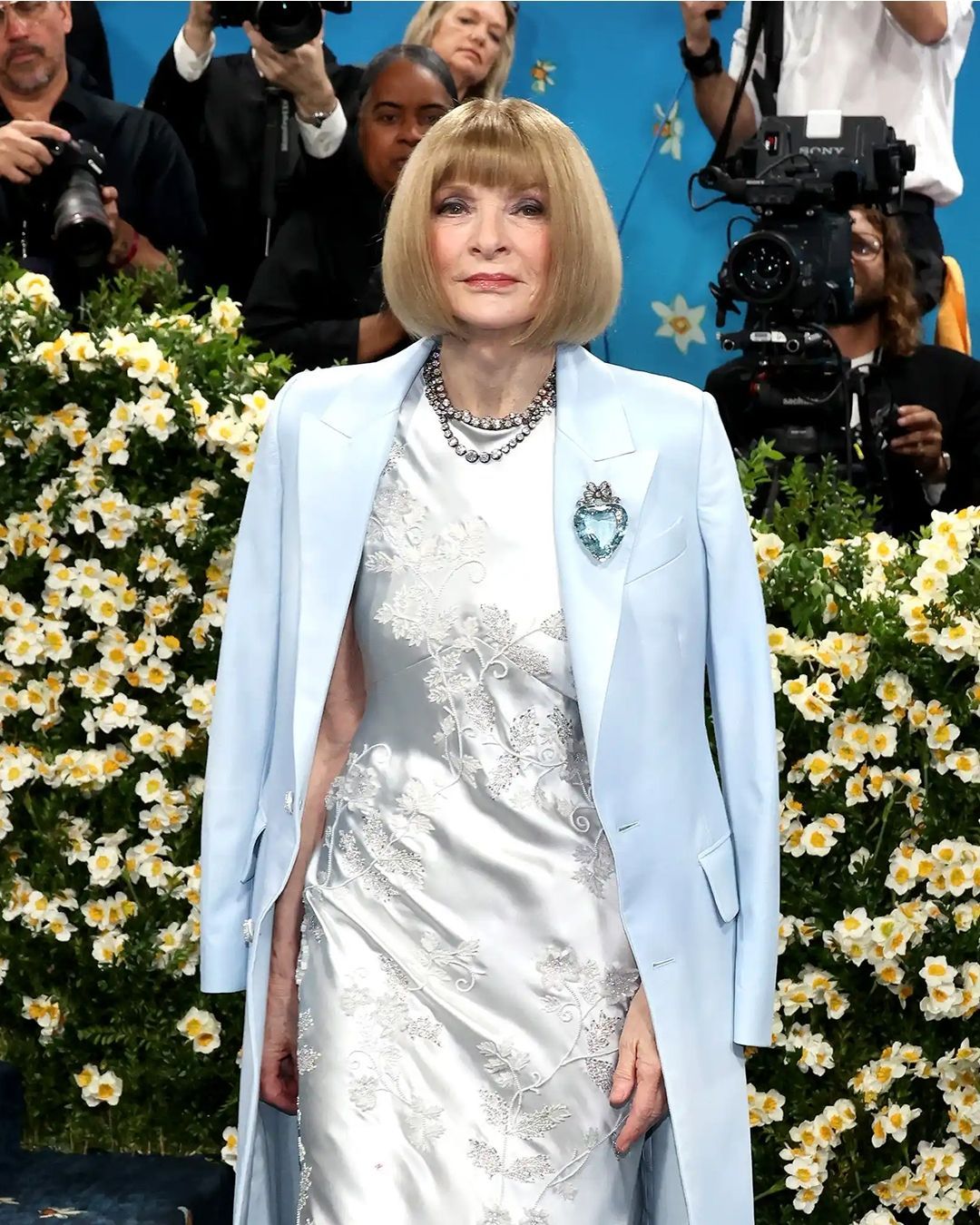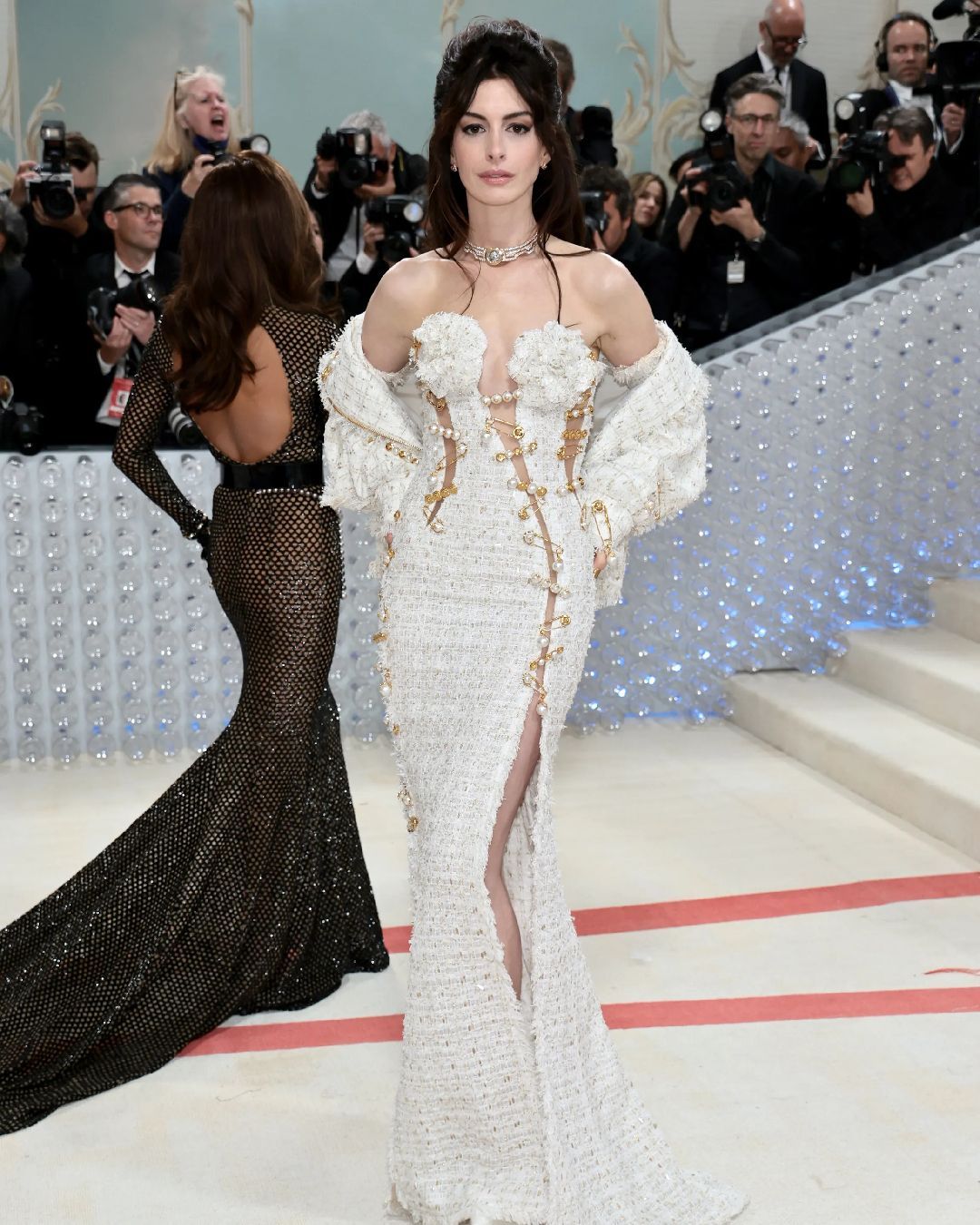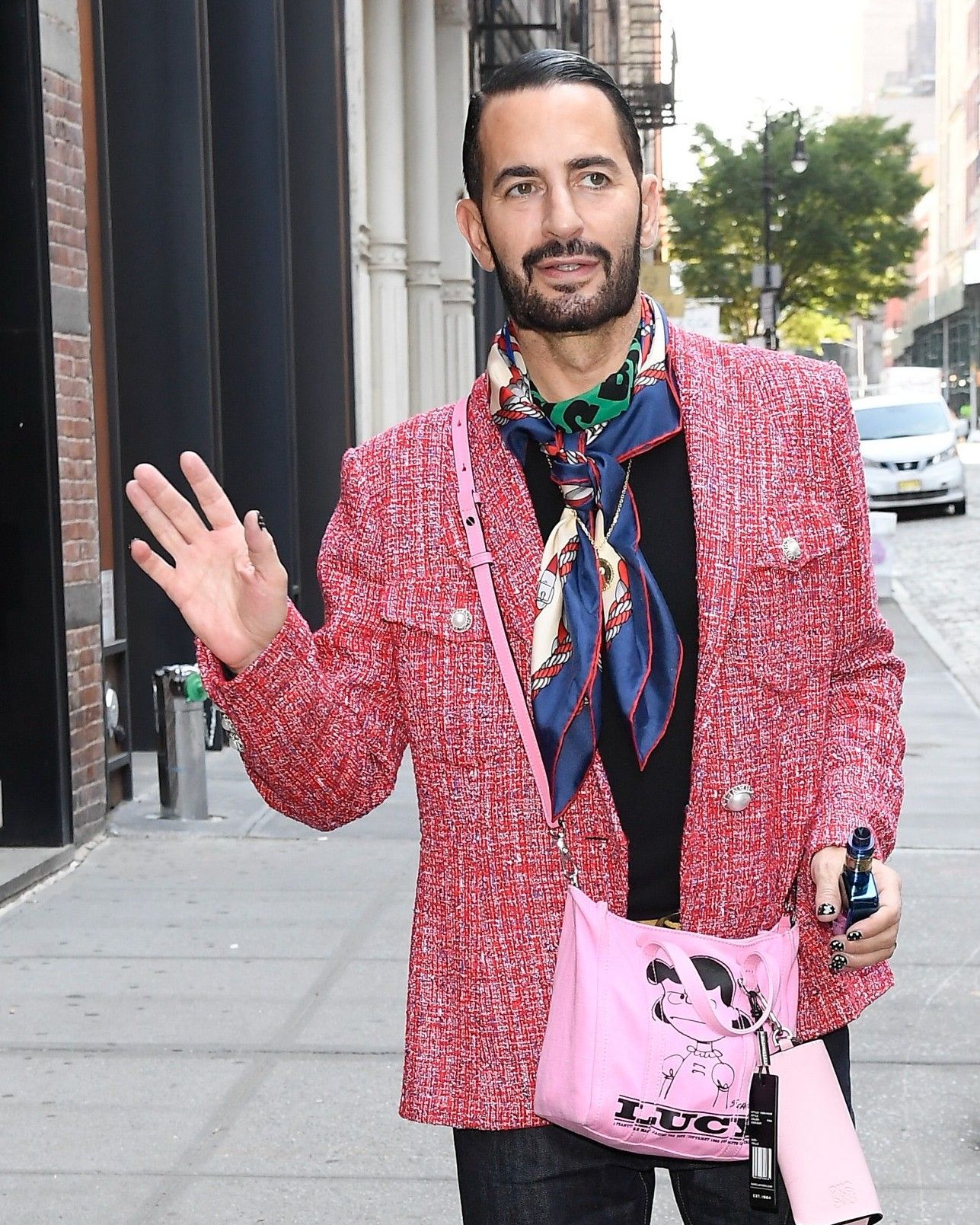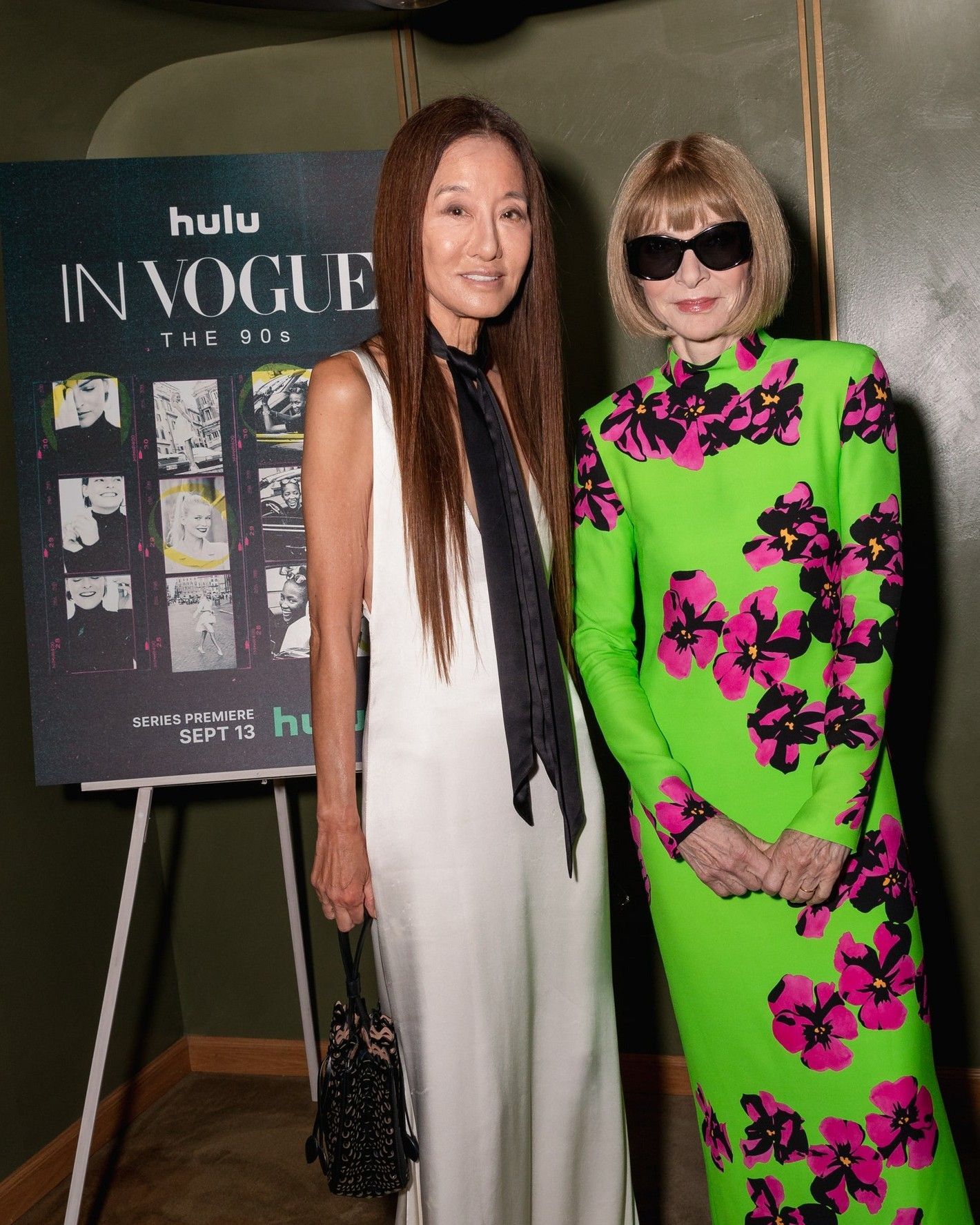
Why there is so much talk about Anna Wintour's biography The book that reveals all the secrets of the editor in chief of Vogue USA.
Myth and, without mincing words, the mythomania that can reflexively arise from it closely touch the fortunes of the fashion world. Among the many royal-inspired references that abound in fashion publishing, that of empress belongs to Anna Wintour, the unshakable editor in chief of Vogue USA. Film, media and press have fueled her deification, creating a cultural trend around her more than 30-year career at Condé Nast. In fact, a new biography titled How Anna: The Biography, written by Amy Odell (former editor-in-chief of Cosmopolitan), is coming out and aims to provide a new perspective on the woman whose decisions literally pass for an acronym that thunders A.W.O.K. (for Anna Wintour ok). The dark glasses, the love of Oscar della Renta dresses and the strange habit of lunching with a caprese without tomatoes (?) are just the legacy of literature-the least interesting according to the author-around the British publisher on which the biography's investigation is grafted.
More than 250 interviews collected as of 2018 and a philological reconstruction work conducted by consulting the letters of Charles Wintour, Anna's father, which can be found at the New York Public Library, have brought to light background on the professional life of the unnamed editor in chief. Beyond a dedication to work that exceeds the limits of the most extreme stachanovism, it appears that Anna Wintour retains the habit of playing tennis every morning and then accompanying her children Charles and Katherine by car (chauffeured of course). Or it leaks that she has found Bill Gates attractive in the past. More importantly, it turns out that the dreaded editor-in-chief of Vogue USA has even been fired more than once: by Haper's Bazaar for being too stubborn and by the New York Times for simply being hired in the wrong place. It comes hard to imagine that Anna Wintour was some kind of fashion system outsider who had to deal with ordinary disappointments such as setbacks or dismissals.
Yet the biography, which was not conceived as a memoir of the editor, highlights how Anna was able to build a dense network of professional relationships that borders on idolatry. Even today, despite the post-digital publishing crisis, the author insists on how much the fashion system hangs on her lips and talking dark glasses. Anna Wintour, without turning too much around, is still the undisputed queen of fashion. The point, however, is just this: whoever is about to tell a new version of the editor, cannot put aside the mythological character. No one, so far, has been able to provide a portrait of Anna Wintour that falls outside of divisive practices that end up being reworked by a pop culture of memes and anecdotes. Will there then ever be a biography or film that reflects on the ways in which Anna actually managed her power?










































